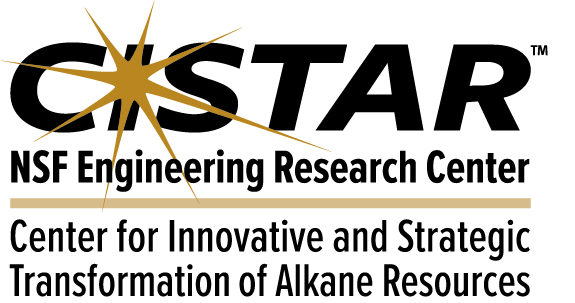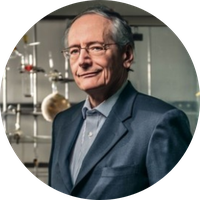Research Thrusts
Research Areas by Thrust
CISTAR’s overarching goal is to provide the technological innovation and diverse highly-trained workforce needed to realize the potential of light hydrocarbons as a lower carbon-footprint “bridge” to a future sustainable economy. CISTAR’s research is organized into Thrust areas which include catalysis, separations, life-cycle analysis, environmental impact, and systems-level decarbonization.
The systems-level testbeds are process models that examine how sets of modular technologies developed within CISTAR can be used to efficiently produce chemicals and fuels from natural gas. Each of the three testbeds focuses on a critical chemical intermediate.
















